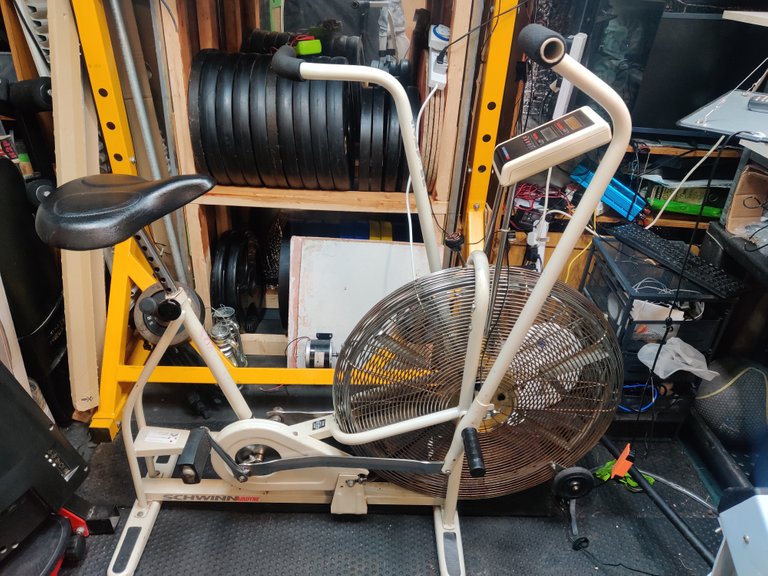The Second Phase of the Jerk: The Dip
When the lifter executes the initial dip, assuming that dip is perfectly vertical, the lifter's balance (technically, the lifter's "center of gravity"-a term explained in Appendix 2) shifts slightly forward because the knees move forward of their starting position and all other parts of the bar and body remain essentially in the same vertical line. It is considered preferable to have the combined center of gravity of the bar and lifter remain in the same position, or even to travel slightly backward during the dip, therefore, some lifters let their pelvises travel slightly back during the dip to counteract the small shift in the lifter's center of gravity that takes place when the knees move forward during the dip. This does not necessarily mean that the shoulders of the athlete and the bar move forward more than is normal (although there is a school of thought that advocates dipping slightly forward, though not beyond the front of the foot, and then tilting the torso backward as the athlete drives up out of the split). During the initial dip the bar normally shifts forward by 1 to 2 cm (such forward movement should be avoided).
The average time for the initial dip is just over .25 of a second, and this time does not vary with the height of the athlete (taller athletes tend to execute the initial dip more quickly than shorter athletes). The distance covered by the initial dip is typically just under two-thirds of the distance that will ultimately be covered by the lifter during both the initial and second parts of the dip. At that point the knee angle of the lifter is typically between 114 and 132". The initial dip ends when the lifter begins to resist the downward progress of the bar in order to stop it.
During the preparatory dip for the jerk, the speed of the bar can vary from one that is faster than a pure free fall of the bar (because the lifter is pulling down on the bar to accelerate its downward speed) or to a speed that is much slower than a free fall (because the lifter is resisting the downward movement of the bar). Most analysts suggest a speed close to the free-fall speed or slightly slower (i.e., the lifter should neither rush into the dip nor substantially resist the bar's downward motion). This "natural" kind of dip speed not only enables the lifter to maintain control over the bar but also permits the optimization of the lifter's use of the elastic qualities of the leg muscles and the bar. (This issue will be discussed further later in this chapter.)
Trade-free fitness at myworkoutarena.com

Hi @rmsbodybuilding,
Thank you for participating in the #teamuk curated tag. We have upvoted your quality content.
For more information visit our discord https://discord.gg/8CVx2Am
Yay! 🤗
Your content has been boosted with Ecency Points, by @rmsbodybuilding.
Use Ecency daily to boost your growth on platform!
Support Ecency
Vote for new Proposal
Delegate HP and earn more